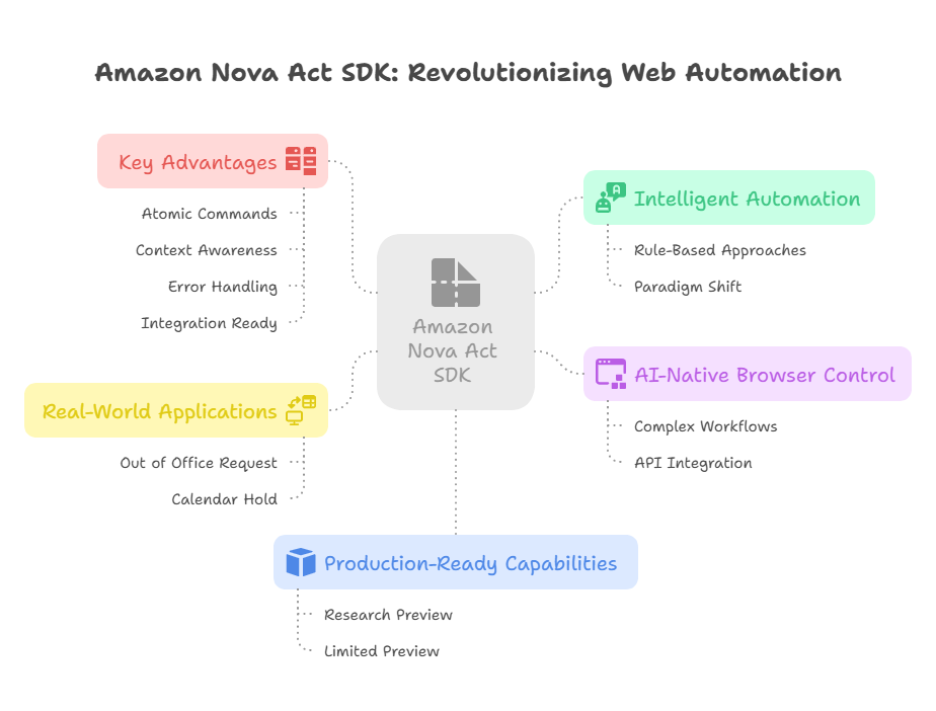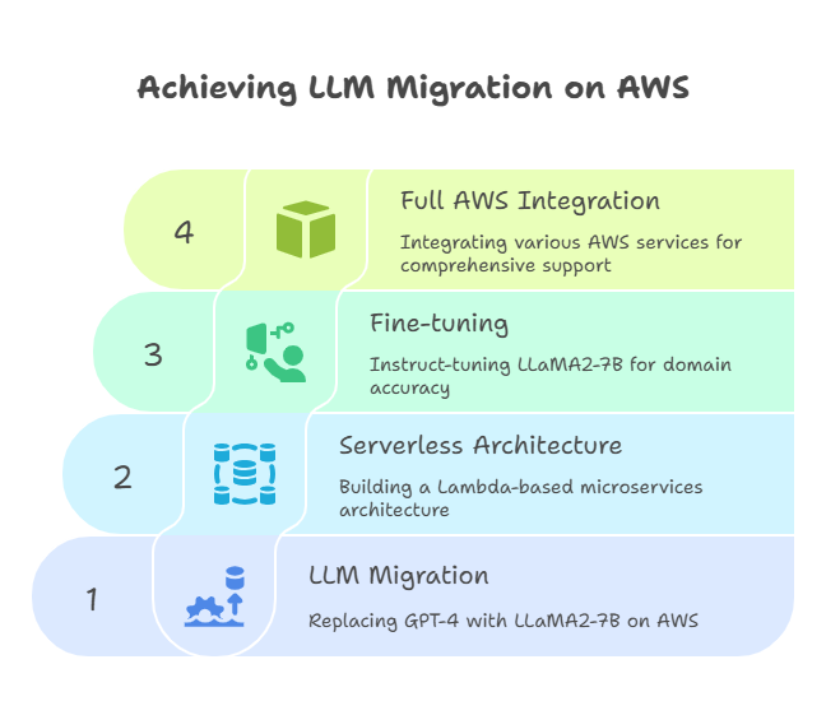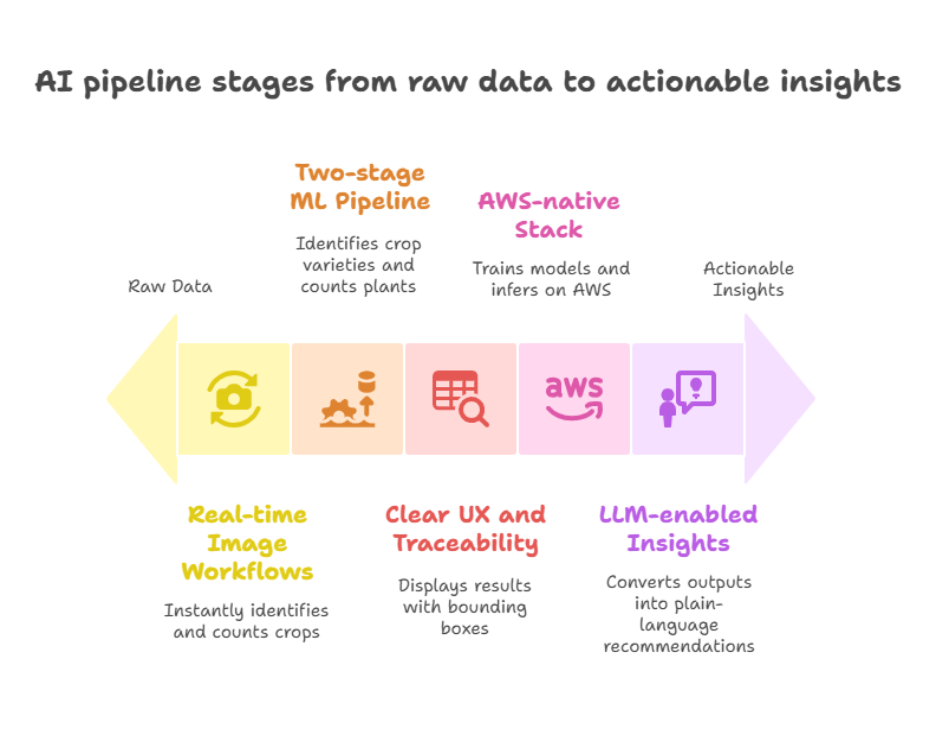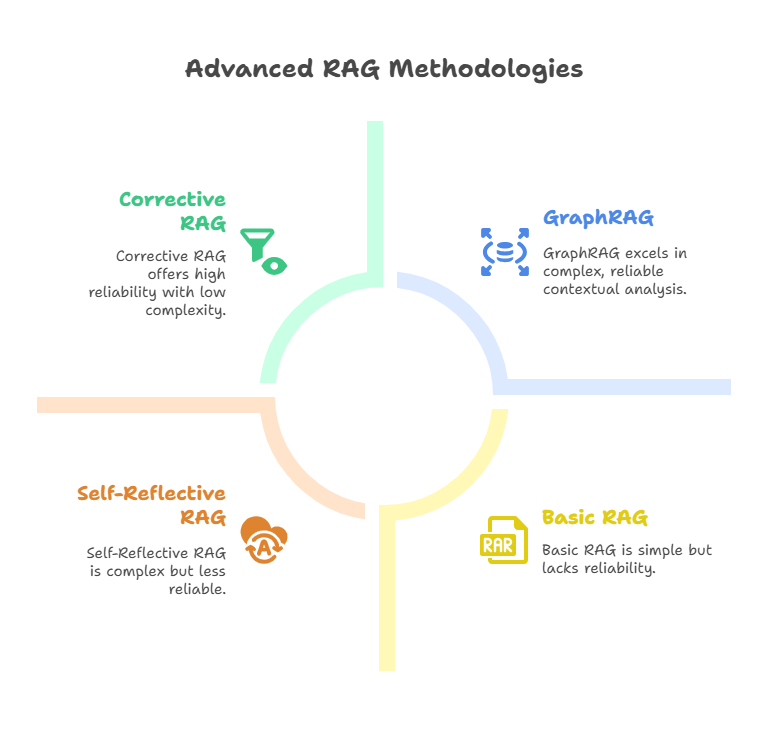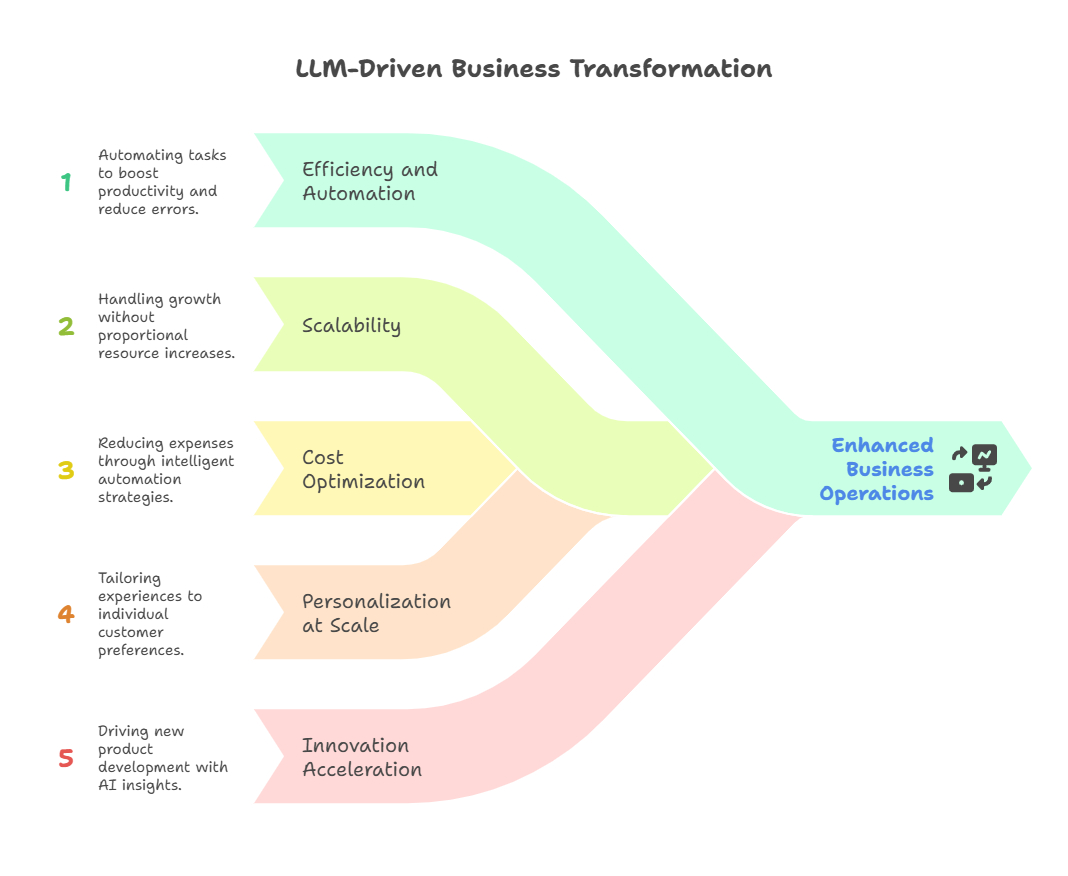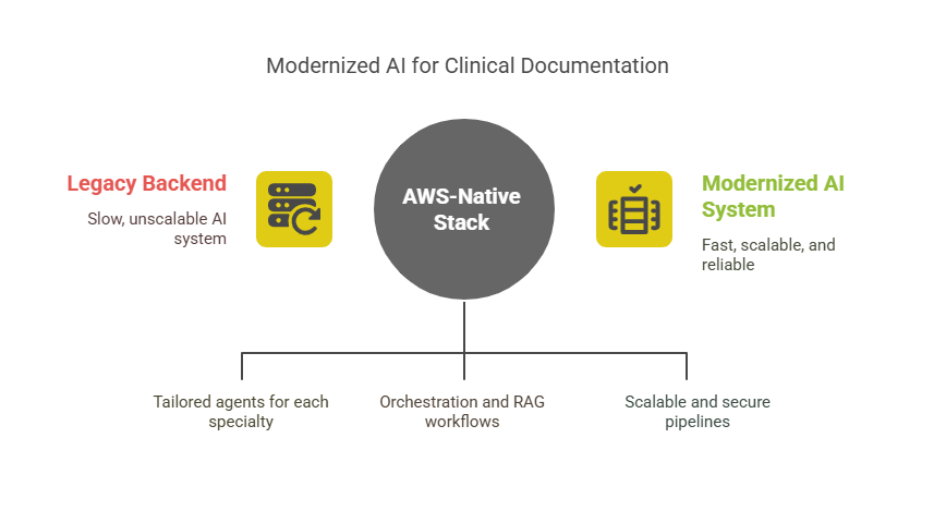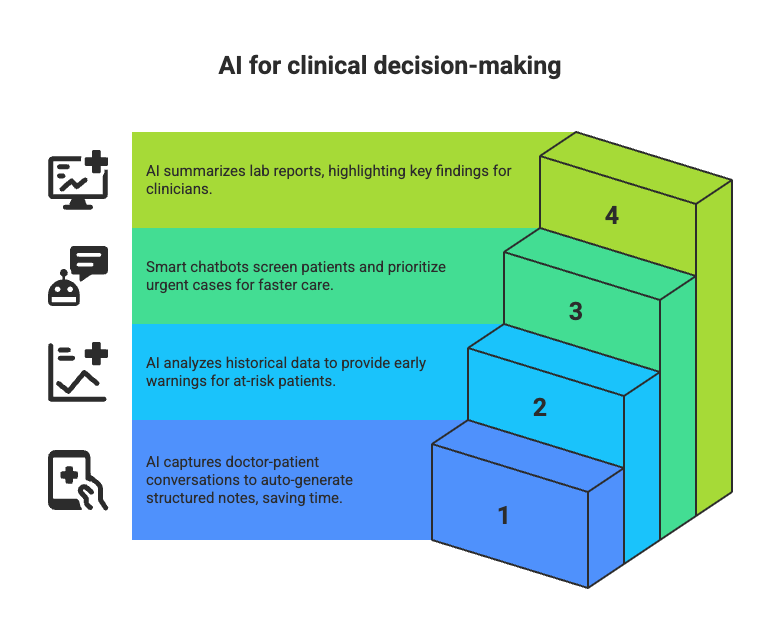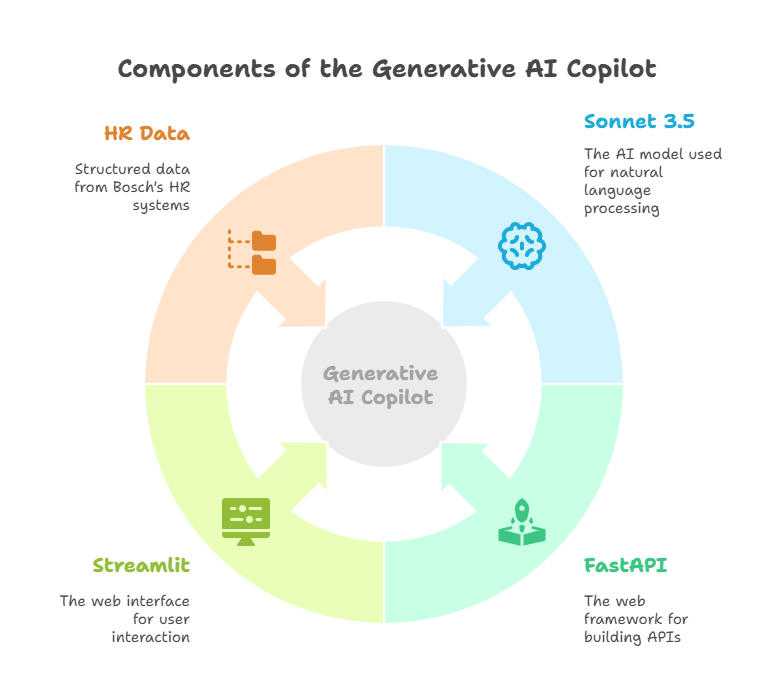OpenAI introduced GPT‑5, its most advanced AI model yet. IT unifies previous models including GPT‑4o and the o‑series reasoning agents into a single, streamlined system that will be automatically picked based on the task at hand. The model delivers faster, more accurate reasoning and problem-solving across enterprise tasks.
GPT-5 is ostensibly designed to improve productivity across businesses. GPT‑5 is available today through ChatGPT for Teams, and via the API for developers, with broader access.
What's new with GPT-5?
Unified, intelligent model routing
GPT‑5 operates as a single, unified system that automatically directs queries to the most appropriate processing mode, quick responses, deep reasoning (“thinking”), or a fallback mini-model once limits are reached. The router learns from real usage patterns, improving its decisions over time.
Superior coding capabilities
The model was shown generating working websites and software from minimal instructions, examples included tutoring apps and word games. GPT‑5 significantly outperforms the previous o‑series in benchmarks like SWE‑bench and agentic tool use. It handles debugging, code generation, design, and front-end development with improved aesthetic and structural understanding.
Enhanced multimodal and real‑world task performance
GPT‑5 delivers better results in areas like writing, health, and factual reasoning. It chains step-by-step reasoning in real time, supports integration with tools like Gmail calendars, and reduces hallucinations and excessive flattery.
Safety, honesty, and reliability improvements
The model demonstrates fewer inaccuracies and is more transparent about its limitations. It implements a “safe completions” framework for sensitive tasks and employs extensive red-teaming specifically for biological or chemical risk scenarios.
Personalization and productivity enhancements
The live demo showcased new preset personalities (e.g., concise, supportive, sarcastic) and customized writing tools. Study mode and integrations with tools like Gmail and Google Calendar were also featured to support productivity and context-aware assistance.
The GoML POV on GPT-5
According to goML, OpenAI's GPT-5 is a step forward because it functions as a unified, intelligent system that can dynamically adapt to a user's needs. Its most interesting feature is an internal routing system that automatically directs queries to the most appropriate processing mode, whether for a quick response or deep reasoning. For enterprises, this means deploying a single, consistent API that handles a vast range of tasks, from simple customer service chats to complex data analysis, without developers needing to build logic to switch between models. This signals that model selection complexity might be abstracted away from developers and users over time.
The model also does well on SWE bench, showing superior coding capabilities. Whether that translates to more enterprise use to generate and debug working software from minimal instructions is yet to be seen. As of now, Anthropic is the de facto for vibe coding software like Cursor.
OpenAI has also stated that personalization and productivity enhancements make the model a more practical and reliable assistant for everyday work. With features like preset personalities and deep integrations with business tools such as calendars and email, GPT-5 can perform complex, multi-step tasks critical for business operations. Companies can leverage this by creating internal AI tools with specific personas to adhere to brand guidelines or act as a specialized expert for a particular department. This ensures a consistent and effective user experience across the organization, helping to streamline workflows and allowing employees to get work done without switching between multiple applications.
We can't wait to test GPT-5!


